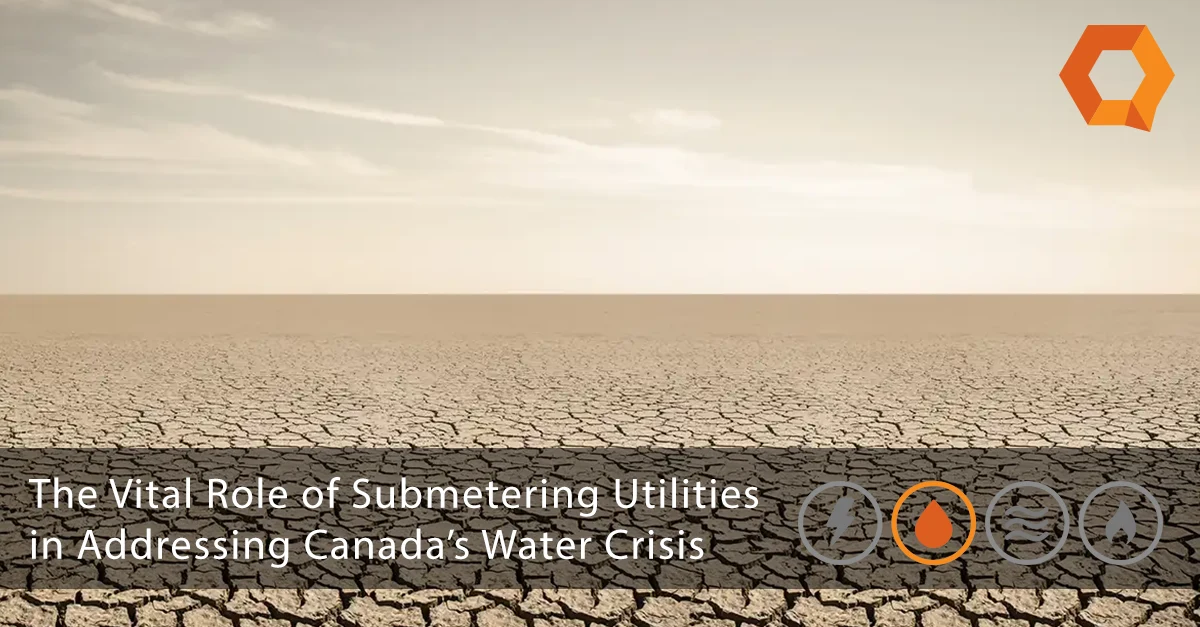
Exploring the crucial role of submetering in efficient water management and conservation amidst Canada’s growing water scarcity challenges.
In the wake of Alberta’s recent decision to initiate large-scale water-sharing negotiations, the importance of efficient water management has never been more apparent. The province’s Drought Command Team, under the authorization of the Government of Alberta, embarks on an unprecedented mission to tackle the risks associated with drought by securing water-sharing agreements among major water license holders.
Alberta’s reliance on melting snow and rain for water supply has become a precarious foundation, especially given the current below-average snowpack, record-low river levels, and significantly under-capacity reservoirs. In addition to these negotiations, a critical component of water conservation efforts revolve around the critical need for innovative water management solutions across Canada, particularly submetering utilities.
Promote Utility Conservation Through Awareness
Submetering offers a plethora of benefits in managing water scarcity. By installing submeters at the individual level for units in multi-residential or commercial properties, a tenant is accountable for their own utility use, as usage can be directly attributed to their unit. It promotes conservation by making users more aware of their water consumption, leading to reduced usage. A study conducted by the Environmental Protection Agency (EPA) in the United States found that submetering can lead to a 15-30% reduction in water usage.
In the context of Canada’s water challenges, submetering becomes even more significant. According to the Canada Mortgage and Housing Corporation (CMHC), submetering not only helps in conserving water but also in detecting leaks and inefficiencies in water usage. This is particularly relevant considering the 70% of Canada’s land classified as abnormally dry or in moderate to exceptional drought, including 81% of the agricultural landscape.
Submetering Detects Leaks and Inefficiencies
The water-sharing situation in Alberta presents a microcosm of the larger water management challenges facing Canada. The province’s proactive steps, such as the development of water-sharing agreements for the Red Deer River, Bow River, and Oldman River basins, are commendable. However, these are temporary solutions to a persistent problem.
Submetering offers a sustainable approach to water management. By providing data on water usage, it enables users to understand their consumption patterns, leading to more responsible use. Furthermore, the implementation of submetering aligns with the global movement towards smarter cities and sustainable living. As urban populations grow, the need for efficient resource management becomes paramount. Submetering utilities not only aid in water conservation but also support the broader goals of sustainable urban development.
While Alberta’s initiative to mitigate drought risks through water-sharing agreements is a necessary step, the long-term solution to Canada’s water management challenges lies in the adoption of sustainable practices like submetering. By empowering individual users with the knowledge of their water consumption, submetering can play a crucial role in ensuring the responsible and efficient use of this precious resource. As Canada faces increasing environmental challenges, it is imperative to embrace innovative solutions like submetering to secure a sustainable future for the nation’s water resources.
Read more: